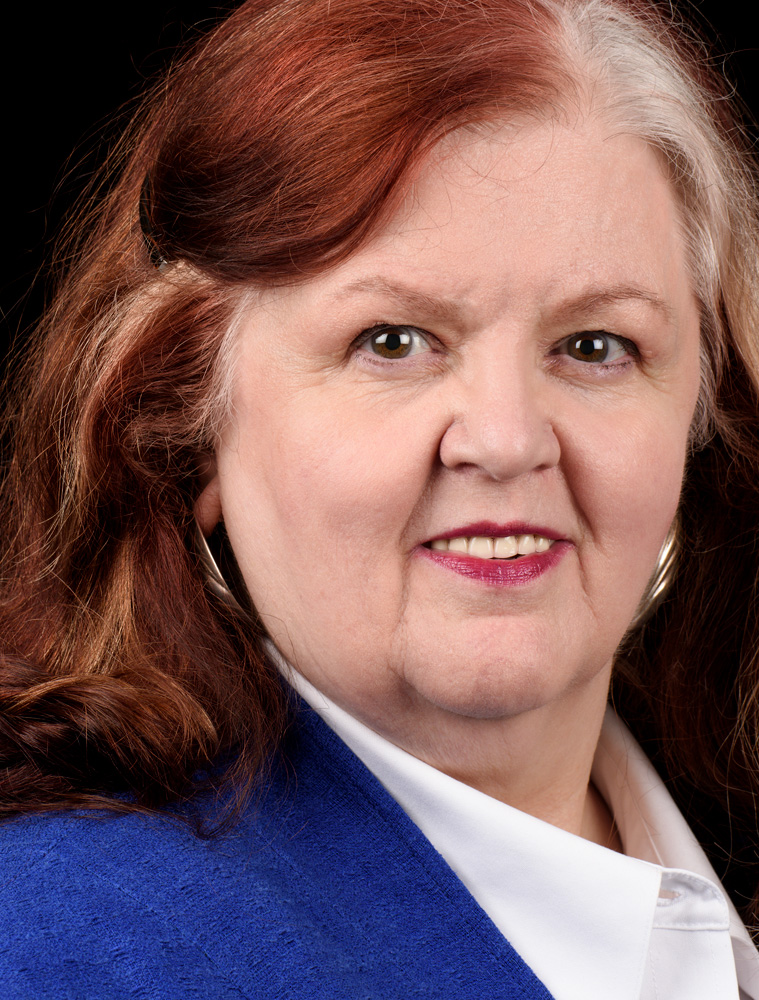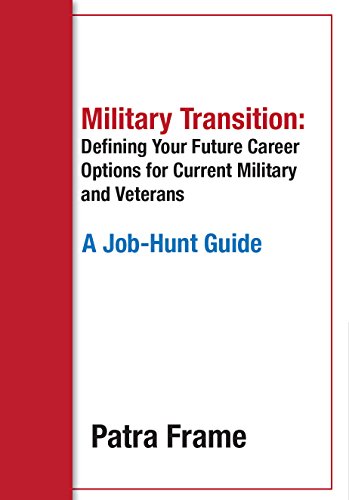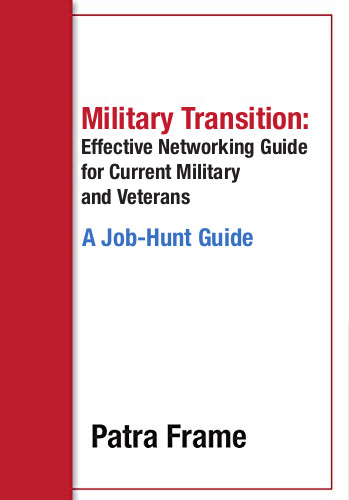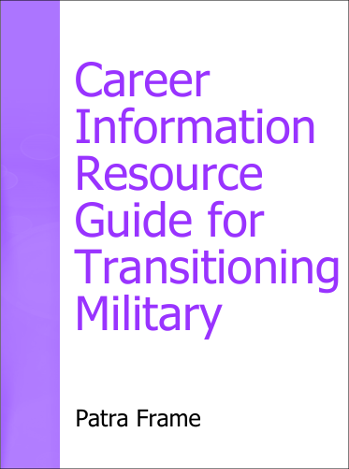There is excellent advice on LinkedIn’s own blog and many other sources on developing your online presence, branding, and use of social media in job search. Do you know that over 90% of recruiters and hiring managers look for candidates via social media? And that most people look for your LinkedIn profile before contacting you even after you send in a resume? Transitioning military have several special issues.
TIMING
Whether you are creating your first LinkedIn profile or already have one, it is vital to your job search. Start at least one year before the date you expect to leave active duty whenever possible so you can learn how to do it right. Other social media can also be used but LinkedIn is designed specifically for professionals so learn to use it well. Starting early gives you time to:
- learn how to use social media effectively for job search
- research career fields and target companies
- reconnect with people you know
- build your professional network
- develop relationships with people who might help you
- identify and connect with veteran hiring managers at companies
PHOTO
Once you are thinking transition, change your profile photograph to one in civilian clothes. This shows you are making the mental transition back to the civilian world. It entices hiring managers, recruiters, and potential contacts to look at your profile.
Choose a picture that is head and shoulders view, in business attire, where you are smiling. Keep the background simple. Senior level? Have a professional headshot. They are nice but a great personal photo can work.
Many military have a difficult time using a civilian photo. This is a regular discussion point online and in transition programs. Far too many think that their ‘fruit salad’ or rank will impress civilians. But mostly it sends the message ‘I am not ready, I don’t want to change.”
WHAT INFORMATION TO PUBLISH
A LinkedIn profile offers you the opportunity to put your qualifications and achievements where your target employers will see them. So read all about ways to use your profile effectively here and on LinkedIn’s help site.
The biggest mistakes most military make are:
* lack of focus
* use of military lingo and acronyms
* limited or irrelevant achievements
Focus is critical. For a useful profile, you must first decide what you want to do next. Express that in your headline. Demonstrate, using your past relevant achievements, how you can do what you want to do. Nothing else is as important as demonstrating your value for the employers you are targeting and the job you are interested in.
Most of us have enough variety in our military careers that we hate to leave anything out – we think we can do anything. But employers seek specific backgrounds, experiences, training, credentials, and achievements.
Translating your military lingo back into civilian terms can be a challenge. Start with any of the military translators but do not think they will solve all your issues. Look at the profiles of other vets in your desired field for ideas. Choose realistic, simple titles.
Achievements are critical. Look at your work but investigate additional duties and side jobs for relevant achievements too. Think of past successes and create great stories from them. Then pare them down to bullet points for your resume and profile. Be sure they are important to your target audience. I recently reviewed a profile for an NCO who wanted to transition into human resources work. He had good skills and achievements. However, he buried them under bullets about weight control programs, drug testing, OJT administration, and other things that civilian HR doesn’t do. So no-one saw his value.
You may want to be careful about the contact information and any locations you provide. Scammers do exist and some commands are concerned about potential targeting of military members via social media. Obviously, classified work is not mentioned but the skills you use to do such work – report writing, data analysis, teamwork – certainly can be.
Additionally, this is a good place to show your personal awards and decorations if you want to. Those do not belong on resumes. If you want to show yours, do give a simple, short explanation of what each means -few civilians know and even veterans from other services will not understand all.
ASKING FOR HELP
LinkedIn has a lot of great groups for veterans. Some are branch or career specific. Others are by mentors, coaches, or educational groups and corporate, professional and advocacy organizations. Learn to ask for specific help. Examples: ask people in your desired work field to review your profile and make suggestions. Ask your connections for information on specific employers or markets for your skills.
Be very careful where and how you vent online. These are public spaces, easily searched by potential employers. People who whine, play victim, or are very negative are not people employers want to hire.
Got LinkedIn up and working well? Then look into Twitter, Tumblr, and all the others to see which might be best for you.




